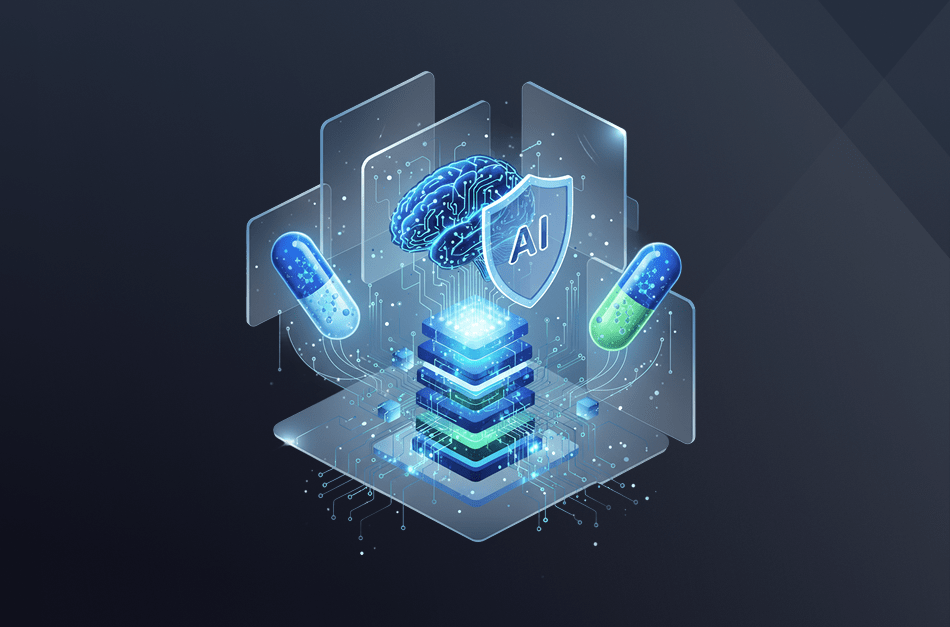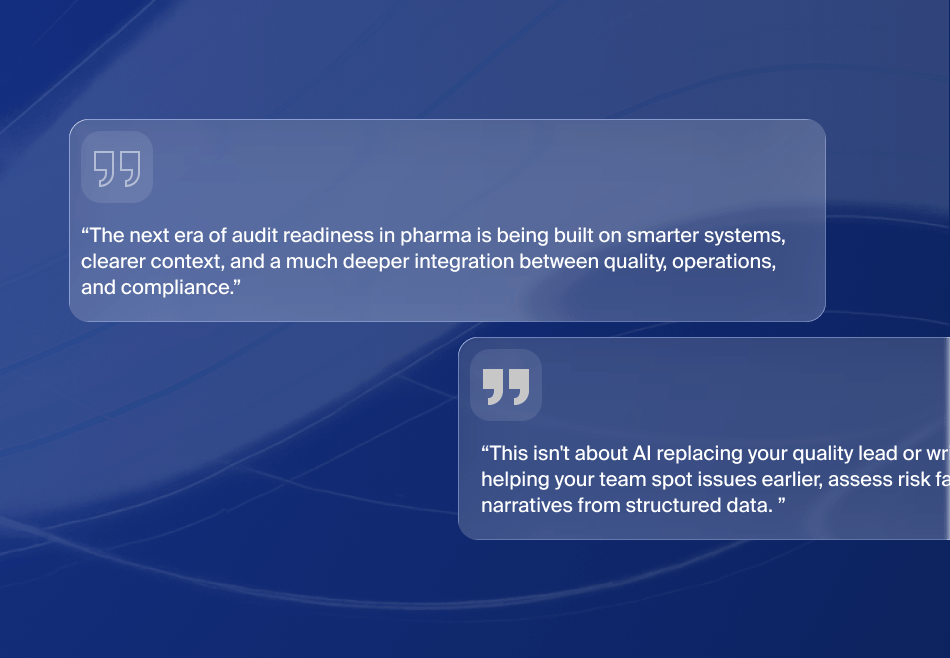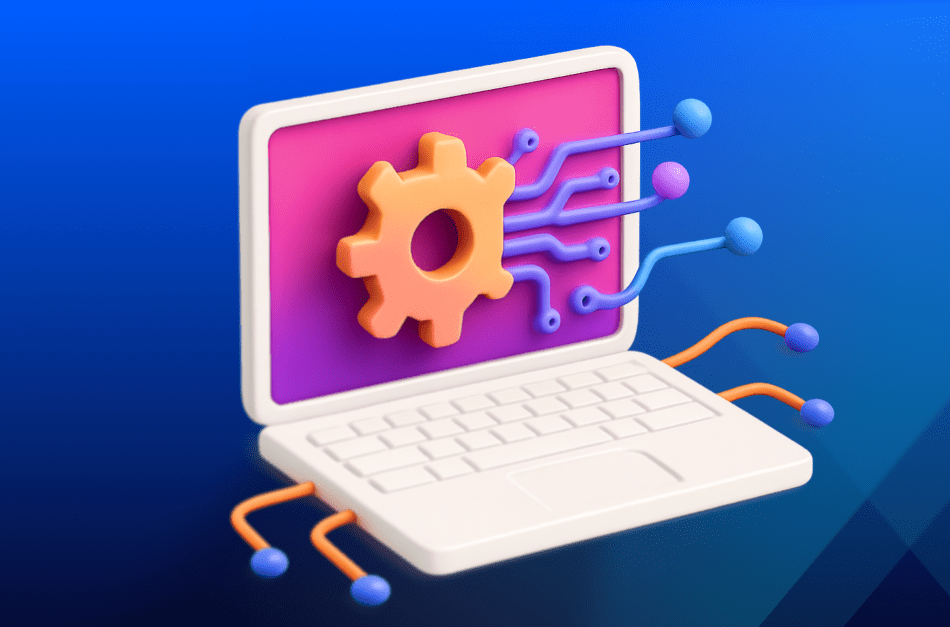At a Glance
Technological changes are impacting Biotechnology now and in the future to come. New-age companies are leveraging modern biotech tools to aid business productivity and growth.
Some key aspects involved in the transformation of the biotech sector are:
- Machine learning, artificial intelligence (AI), cloud computing and ERP systems residing on a unified platform.
- The combination of these technologies is reducing the time it takes to create and produce diagnostic procedures and medicines.
- The impacts of these technologies on operational excellence is reducing failure rates and permitting the production of therapies tailored to specific patients.
A Short History of Vaccines
According to The World Health Organization (WHO)’s History of Polio Vaccination, the first polio epidemic struck the U.S. in 1894. The polio virus wasn’t identified until 1908, and Jonas Salk’s first vaccine tests started in 1952. Polio wasn’t declared eliminated from the Americas until 1994.
Using modern biotechnology, Operation Warp Speed was announced on March 30, 2020. Moderna published its initial Phase I/II trial data on July 14, 2020, followed by Pfizer on Aug. 12. The previous record for vaccine development was four years for mumps, a BioSpace article states.
Machine learning, artificial intelligence (AI), cloud computing and other next-generation computing tools are among the changes expected to have a big impact on the biotechnology manufacturing processes now and into the future.
How will improvements in computing technology impact the biotech sector? By reducing the time it takes to bring new products such as medicines and testing methods to market, an article on Northeastern University’s Graduate Programs Blog states.
The advent of other digital tools such as Industrial Internet of Things (IIoT) means sensors on various biotech production devices are now measuring and adjusting the rate of chemical flows, temperatures and other variables previously monitored by people.
“Robot scientists using AI can test more compounds and do so with improved accuracy and reproducibility and exhaustive, searchable record keeping,” Steve Oliver, a systems biologist with the University of Cambridge, said in May 20, 2018 Nature article ‘How artificial intelligence is changing drug discovery”’.
Using AI, scientists can create and analyze large quantities of outcome data, highlighting differences between healthy cells and those damaged by diseases such as cancer. “We are turning the drug-discovery paradigm upside down by using patient-driven biology and data to derive more-predictive hypotheses, rather than the traditional trial-and-error approach,” Niven Narain, co-founder of Berg, a biotech firm near Boston, said in the Nature article.
The bottom line of using AI and machine learning is improving biotech firms’ profits by dropping the failure rate from its current 90 percent and reducing the cost of developing new drugs.
Cloud computing and virtual meetings permit sharing information and making informed decisions. In terms of analyzing data, the physical location of a scientist, manager or worker is no longer a barrier to their contributions to a biotech effort. Online collaboration also allows smaller firms to share information and gather insights from academic organizations and government research organizations, permitting access to many more stakeholders, the Northeastern article states.
The strength of a company surfaces when all of these different applications work together through seamless integration with an ERP platform, without creating security threats or data integrity issues.
Tech and Clinical Trials
As clinical trials migrate to better service levels for all patients, clinical trials become more about converting data into actionable intelligence, Michael Kleppinger of Syneos Health said in an XTalks article.
Other biotech leaders stated that clinical trials are now using master protocols, basket design and adaptive trial design, all of which require computing power to make it work. This includes virtual trials that expand the potential patient population, Ken Light of OmniComm Systems told XTalks.
“If you think about it, if you’re only getting partial data, be it from a CRO (contract research organization) or EDC (electronic data capture) system or CTMS (clinical trial management system) or your financial systems or wherever that data is housed and sitting, how are you able to make informed decisions on partial data? In my mind, it’s like trying to throw darts with a blindfold on,” Joe Erline of Saama Technologies told XTalks.
Modern Enterprise Resource Planning (ERP) systems combine data from departments such as purchasing, inventory and finance. The software allows chief financial officers and other top executives to make better decisions by seeing a larger picture using multiple data streams.
Non-traditional data sources are also broadening access to some data types
Among the recent products cited are internet-connectable smart watches including Apple iWatches ™ and Fitbit ™ exercise trackers, all of which obtain and record physiological data. Running the data through machine learning algorithms allows top executives to predict how well certain therapy molecules will work and determine the molecules’ toxicity and treatment effectiveness, all much faster and more economically than in the past.
Figure: 1 Medicine at FDA: The Scope & Significance of Progress in 2020
Tech and Personalized Treatment
One area directly benefiting from computer advancements is the cost of personalized genetic testing to consumers. These tests are now down to the range of $100 -$2,000 depending on the nature and complexity of the test, MedlinePlus states. For comparison, the 1990’s Human Genome Project cost $2.7 billion.
In terms of biotechnology companies, this major price reduction means personalized treatment plans are now realistic options. Using drugs based on a specific patient’s genetic and molecular makeup, the theory is these individualized medicines should be more effective at treating that patient than a more broad-spectrum drug, a different XTalks article states.
More than one-third of all new drugs approved in 2020 were personalized. This was the third time in the last four years this approval level was reached, the Personalized Medicine Coalition mentioned in PR Newswire.
In 2020 alone, the Food and Drug Administration (FDA) approved 19 personalized therapies, one cell-based immuno-therapy and eight diagnostic applications the agency’s “Personalized Medicine at FDA: Scope and Significance of Progress in 2020” states. One of them was the first chimeric antigen receptor (CAR) T-cell-based immuno-therapy for treating patients with refractory mantle cell lymphoma. This method holds promise for better cancer care.
The FDA also released seven guideline documents related to the manufacturing and clinical development of gene and cell-based therapy products. Another highlight of the 2020 report was the approval of a pan-tumor liquid biopsy next-generation sequencing-based test as a companion diagnostic device for multiple biomarkers in cell-free DNA isolated from plasma specimens. The method permits testing without using more invasive methods in some patients.
Updated Biotech Can Boost Food Production
Variations of the same general gene-editing tools of biotechnology used to develop therapies for treating humans can also be used to create more robust crops. Among highlights cited in March 2020 BCC Research report “Agricultural Biotechnology: Emerging Technologies and Global Markets” is that DNA sequencing, RNA interference, synthetic biology tools, and gene editing will all have an impact on growing that market through 2024 and likely beyond.
The effect will be the ability to provide higher yields with equal nutritional value for humans and livestock in smaller spaces. At the same time, improved biotech methods applied to agriculture will permit growing crops in harsher climates than those currently farmed.
The Bottom Line
Emerging and evolving computer technologies such as AI, when combined with enterprise business applications, are helping biotech companies work faster, creating new products in less time and with dramatically lower costs, than ever before.









